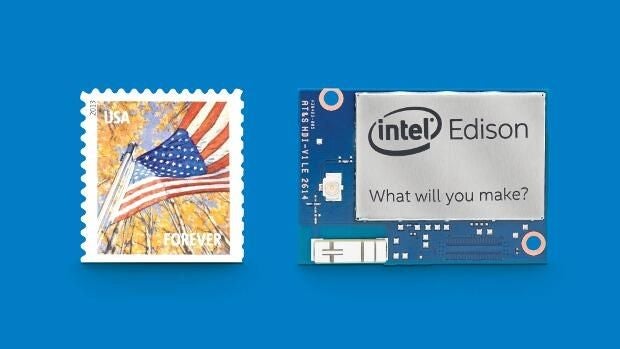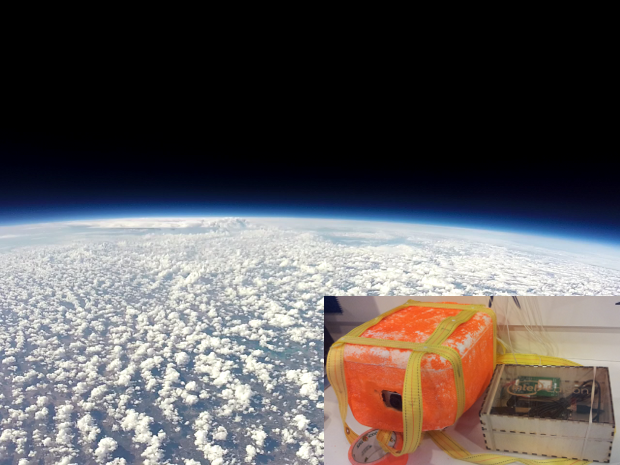Photos: Robots and drones – here’s what Intel’s answer to the Raspberry Pi can do
Image 1 of 9
Edison
The maker movement is thriving u2013 with hobbyist technologists across the world packing low-cost computers and sensors into bespoke electronics that fuse art and technology.
The market is dominated by single-board computers and microcontrollers such as Raspberry Pi and Arduino, but new competitors are arriving all the time.
Intel’s entry is Edison, a tiny single-board computer, little bigger than a postage stamp, measuring just 3.55 x 2.5 x 0.39cm.
Although it will be compared with the $35 Raspberry Pi model B+, it is designed to work as an embedded Linux board for electronic prototypes and products, rather than as a small-board computer running a full-blown Linux distro.
Edison is based on an Intel Atom SoC using the 22nm Silvermont microarchitecture and including a dual-core Intel Atom Z34XX CPU running at 500MHz and a single-core microcontroller.
The board has 1GB of memory and 4GB eMMC storage. For network connectivity there is integrated a/b/g/n wi-fi and Bluetooth low energy. Peripherals can be connected using a single USB port. Meanwhile the 70-pin connector opens up a range of options to extend Edison’s capabilities by hooking up new boards to run sensors and other electronics or to attach further peripherals. The board includes an SD card interface, two UARTs, two Iu00b2C busses, SPI with two chip selects, Iu00b2S, 12 general purpose input-output pins with four capable of PWM, and a USB 2.0 OTG controller.
It can run Yocto Linux v1.6, a build system designed for embedded devices, rather than a full-blown Linux OS as can be run on the Raspberry Pi. For power it requires a 1.8V input.
Although the board costs $50, to build custom electronics you’ll probably also need to grab something like an Arduino breakout board, which would set you back about $107.
In real-world tests of Edison it has been shown operating at 615MIPS, roughly twice the real-world performance of the Raspberry Pi B+. Under load it reportedly draws a maximum of 500mA.
But just what can you do with Edison? At Intel Developer Forum, projects ranged from humanoid robots to tracking drones.
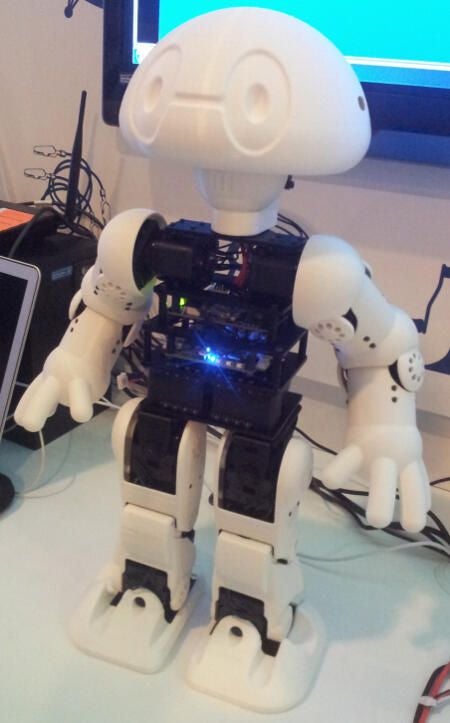

Jimmy the robot
Jimmy the robot
This is Jimmy, a 3D printed robot powered by Intel Edison, designed to be relatively affordable and easy to use.
While an earlier experimental version of Jimmy based on an Intel Core i5 processor cost $16,000, swapping out that chip for Edison brought the price down to $1,600.
What does $1,600 get you? A walking robot with a turnable head and movable arms u2013 without the shell. A drag-and-drop web interface is being designed that will allow people to control the bot. Developers can write applications to control Jimmy using JavaScript running on Node.js.
Different exoskeleton designs to change Jimmy’s look can be purchased for between $300 and $800 or printed out by the developer.
Jimmy is available from Trossen Robotics.
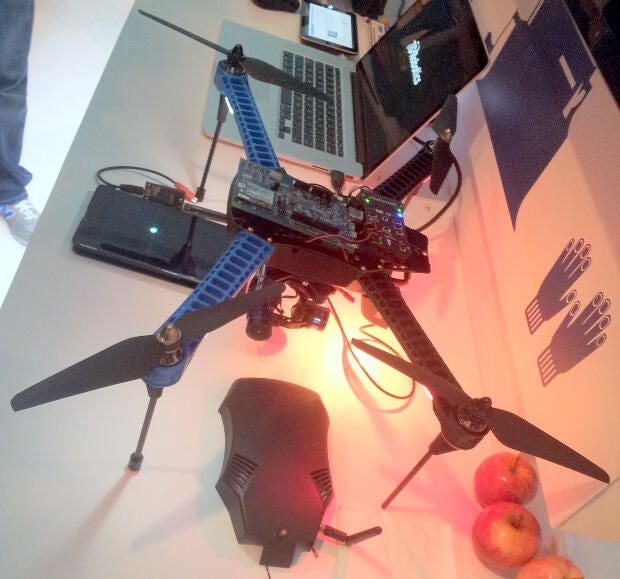

Tracking drone
Tracking drone
3DR Follow-Me technology allows this Iris+ quadrocopter from 3DRobotics to use its GoPro camera to track you and film you from the air.
The drone is aimed at cyclists, surfers and other people who want to capture their outdoor pursuits from above. The battery lasts about 15 minutes on the prototype.
The tracking is handled by an Edison board, which tells the drone to follow the GPS location of an Android phone carried by the user and keeps the person in shot using visual recognition.
While real-time visual processing is demanding, the board is able to handle the task at 640 x 480 resolution at four frames per second using the OpenCV computer vision library.
The company is also looking at whether the drone could have industrial applications, verifying the condition of power lines or oil pipelines, or checking the condition of crops.
The quadcopter sells for $1,000, the flight controller for $250 and a DIY kit for $500.
Space photography
This project aims to send Edison to the edge of space u2013 attached to a helium-filled balloon to capture photos at around 100,000 feet, high enough to see the curvature of the earth, as shown here.
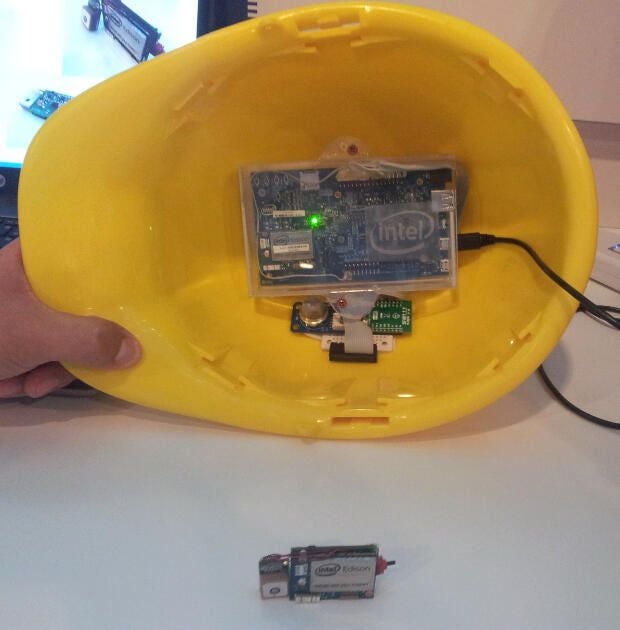

Fall detector
Fall detector
This sensor is designed to sit inside construction workers’ helmet and detect if they have a fall.
Engineers at Intel’s offices in Guadalajara, Mexico were inspired to create it after a new building went up nearby.
The detection unit includes an accelerometer to measure the severity of the fall and a GPS unit to locate the worker. A gas sensor can also detect nearby leaks.
The picture shows the prototype based on Edison attached to an Arduino expansion board. The final product is the far smaller board in the foreground, a printed-circuit board designed by the team. The final board is small enough to sit under fabric on the inside of the helmet.
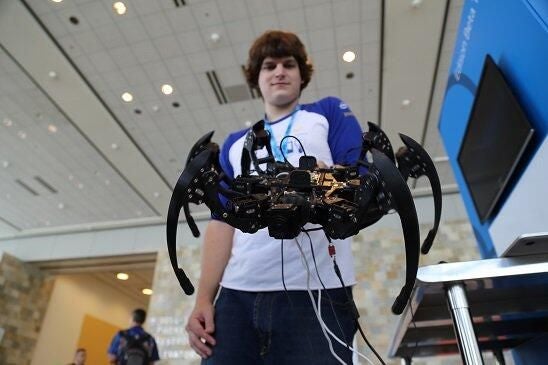

Hexapod robot
Hexapod robot
This 3D-printed computerised creepy-crawly has Edison inside helping to guide it.
It was originally developed by Matt Bunting, seen here, when he was an undergraduate at the University of Arizona.
The hexapod relies on computer vision and machine learning to guide its path. On show at IDF were both a wireless and a wired version of the bot.
The goal is now to test how the robot operates on different kinds of terrain.
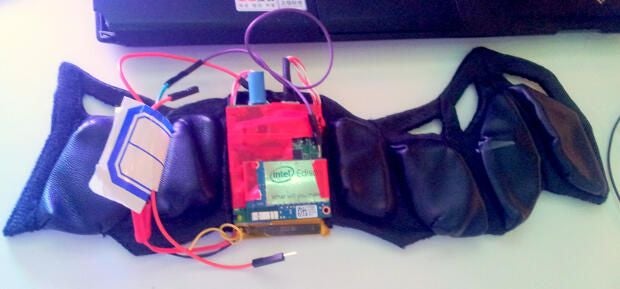

Sign language translator
Sign language translator
The bracelet was made by Intel Labs, China, to recognise and translate sign language.
Edison works out which sign is being used and can display the translated sign on an attached computer screen.
To detect the sign being made, the bracelet uses accelerometers and an EMG sensor, which picks up electrical signals in muscle cells.
It currently can translate about 15 of the most-commonly used sign language patterns.
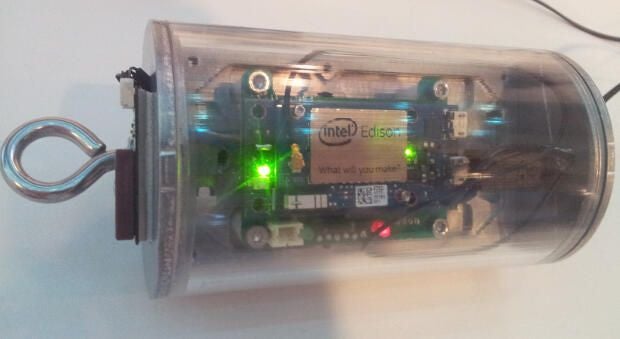

CanSat
CanSat
Collecting data at high altitudes is getting cheaper as demonstrated by this can-sized bundle of sensors that can be strapped to a rocket.
This Cansat packs a HD camera, magnetometer, humidity and temperature sensor, GPS, accelerometer, barometric pressure and other sensors, with an Edison board to marshal the collected data.
The sensor can, built by Intel and STEM teaching group magnitude.io, was packed on board a class M rocket that was launched from the Black Rock Desert in Nevada and travelled more than 10,000 feet above the earth.
The sensors relay data collected during the journey via a radio antenna on the rocket to a server run by magnitude.io, where it could be viewed on the group’s website in real time.
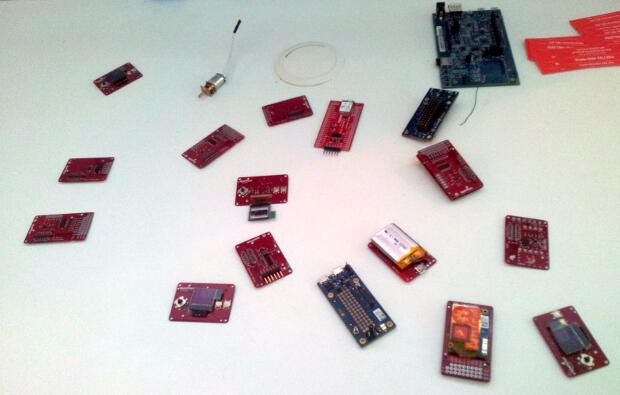

SparkFun electronics
SparkFun electronics
SparkFun Electronics is an online retailer that provides a simple way for people to start building their own electronics.
SparkFun has released a series of add-on boards that allow makers to expand the capabilities of Edison, ranging from the Base Block u2013 which allows the connection of different peripherals such as keyboard, mouse or thumbdrive u2013 and the Dual H-bridge Block that gives Edison the ability to move when paired with two DC motors.
-
-
Account Information
Contact Nick Heath
- |
- See all of Nick's content
